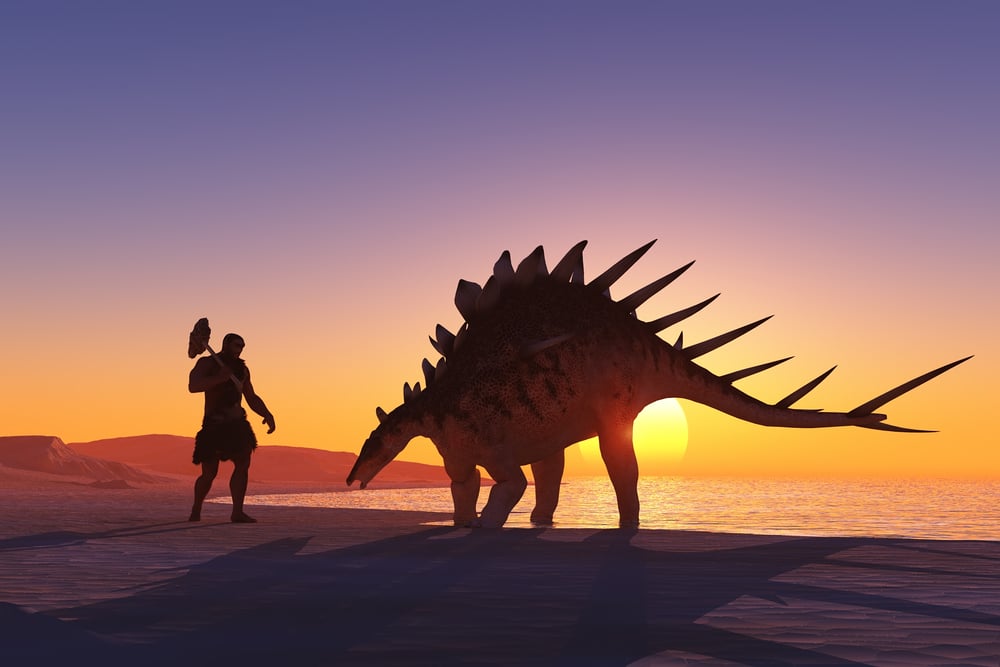Animals are full of surprises. From remarkable adaptations to astonishing behaviors, they continually remind us of their superiority in various aspects. As we delve into the captivating world of fauna, we uncover a trove of surprising fun facts that not only entertain but also challenge our perceptions of superiority.

Chickens Can See More Colors Than Humans
While many people assume that human vision reigns supreme, it turns out that chickens have a colorful advantage. These feathered friends possess a fourth color receptor in their eyes, allowing them to see a broader spectrum of hues than us.

This means they can discern colors beyond our range, enhancing their ability to navigate the world and communicate with each other in ways we can only imagine. So, while we marvel at our surroundings, chickens may be seeing a much more vibrant picture than we ever could. Who knows, maybe an egg isn’t white?
An Octopus Has Three Hearts
Octopuses are pretty cool creatures, especially when it comes to their hearts. Unlike us with one heart, they have three! Two of these pump blood to their gills, while the third spreads oxygen to the rest of their body. It’s like they’ve got an extra boost to keep them going strong in the ocean
Courtesy: Live Science
Some folks wonder if octopuses might be conscious because of their smart behavior and complex abilities. But here’s the twist: their nervous system works in a totally different way than ours. Instead of one central control system, it’s spread out into parts that work somewhat independently. This unique setup challenges how we think about consciousness in these intriguing creatures.
Kangaroos Can’t Jump Backwards
Kangaroos, those iconic hoppers of the Australian outback, possess a peculiar limitation: they can’t jump backward. Despite their incredible agility and powerful hind legs, their anatomy prevents them from executing this particular movement.

This curious fact underscores the specialized adaptations of kangaroos for forward propulsion and efficient hopping across vast distances of their native terrain. So, while they excel at bounding forward, going in reverse isn’t in their repertoire.
Male Seahorses Can Give Birth
In the underwater world, seahorses stand out for their unique approach to parenting, especially the males. Unlike most other species, it’s the male seahorses that bear the responsibility of pregnancy and childbirth.

They possess a special pouch where the female deposits her eggs, and the male fertilizes and carries them until they’re ready to hatch. This remarkable role reversal challenges traditional notions of parental duties and showcases the fascinating diversity of nature’s reproductive strategies.
Female Hyenas Have Pseudo-Penises
In the animal kingdom, hyenas stand out for their unconventional anatomy, particularly among females. Unlike most mammals where males typically have the larger reproductive organs, female hyenas sport what’s called a pseudo-penis.

This pseudo-penis is an enlarged clitoris that closely resembles the male’s genitalia, making it difficult to distinguish between the sexes at a glance. This unique adaptation plays a crucial role in their social structure and reproductive behavior, challenging traditional notions of sexual dimorphism.







